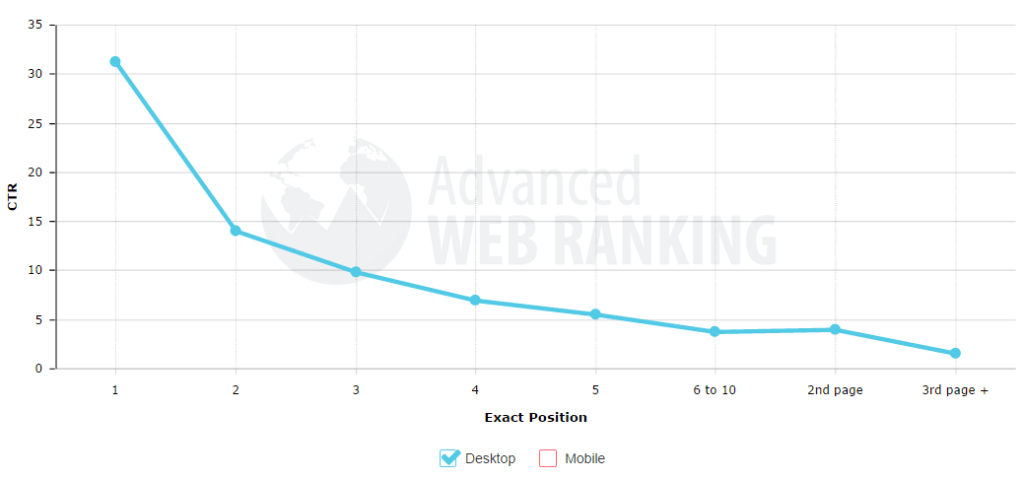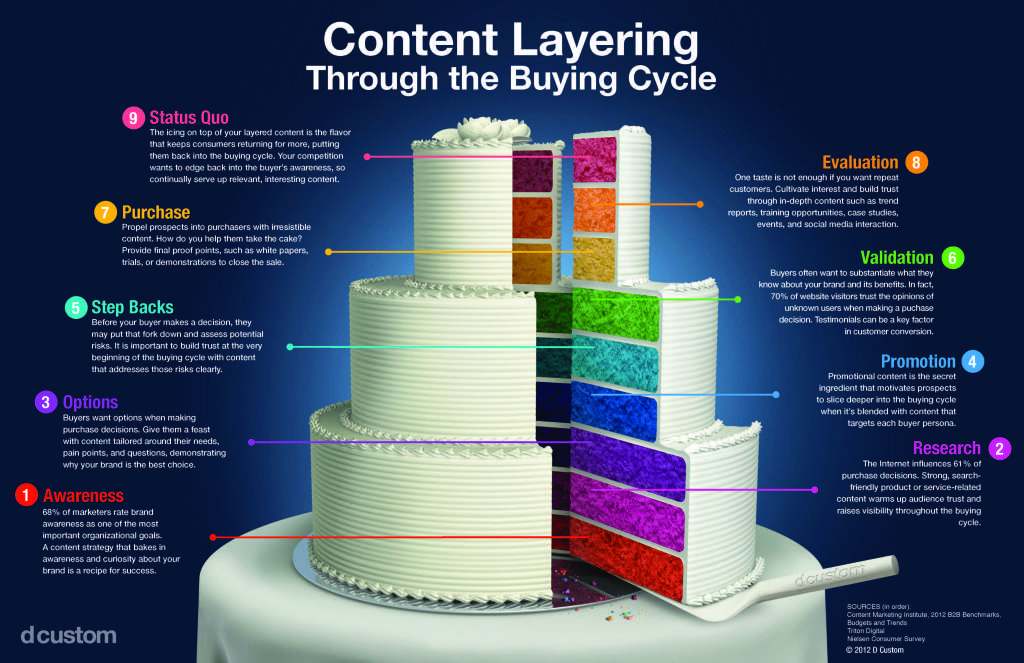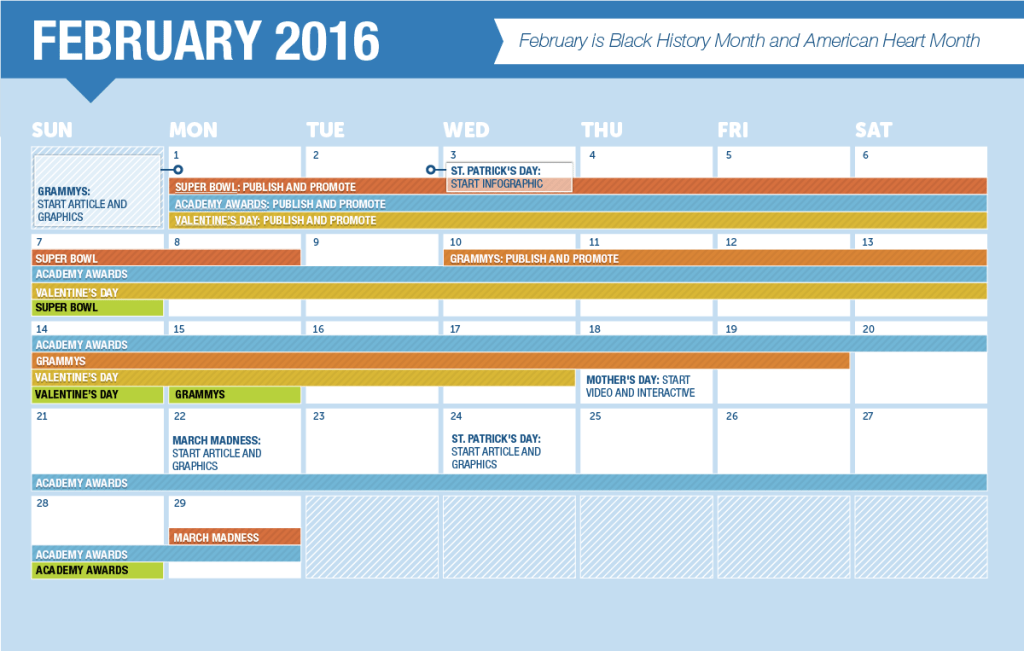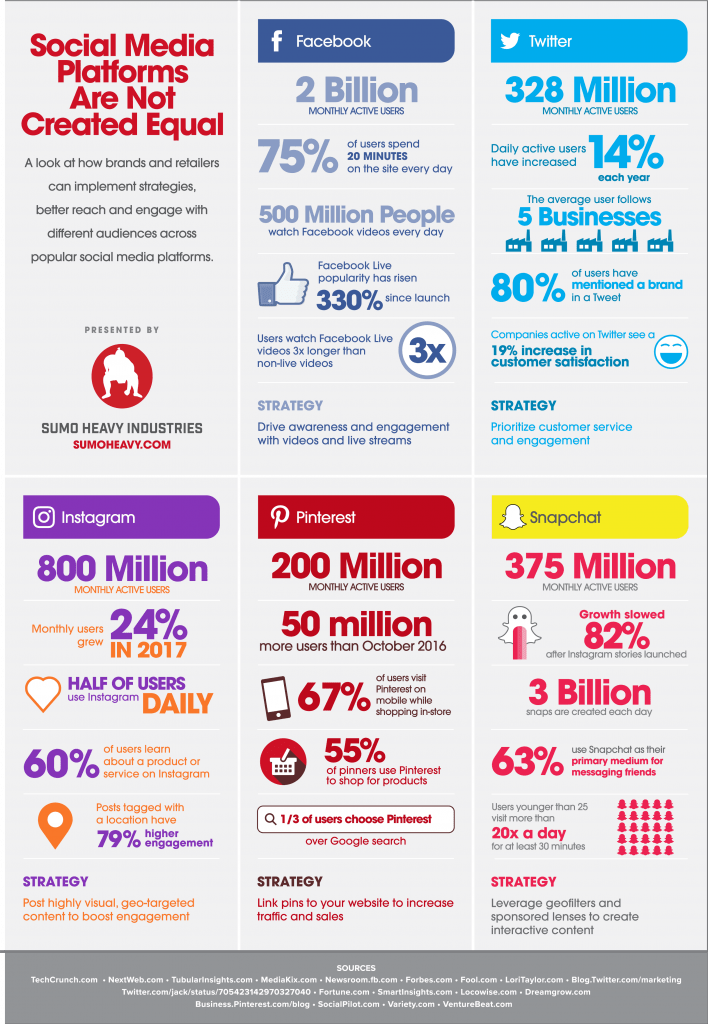Every blogger wants their blog to rank in the top position in Google search results since users commonly select results contained on the first page, especially those in one of the top 3 positions, as you can see in the graphic below. And, for years, the Google search algorithm made content king. This explains why companies invest more into content creation, with 24% of marketers planning to increase their budget for content marketing from 2020 levels. But, content creation is expensive; costing between $2000 and $10,000 a month for the average SME (small and mid-sized enterprise). If you want to get those costs down, consider using an AI-fueled content creator to make your job efficient at a lower cost.

Moreover, if you write the content yourself, or you hire a writer to create content, it doesn’t take long before you run out of topic ideas. Without fresh, valuable content posted on a consistent basis, you’ll soon find your SEO stats declining and face a lagging downturn in the number of visits to your website, which is a prelude to declining revenue.
Content creation
Content creation underpins much of your digital marketing success and, without valuable content produced on a consistent basis, you’ll quickly see visits to your website fall. Fewer visits mean fewer sales; all things being equal. Not only does low-quality content mean fewer visits, but it also impacts your brand image. That means you must not only produce fresh content but produce content visitors find valuable, which means the content is chock full of information or entertainment.
Not all content creation strategies are equal. You need branded content across multiple platforms, including not only your website but social media platforms that match your target audience. Check out the graphic below for insights on which social media platforms might fit your marketing needs best.
As the graphic points out, not only do users look at platforms to deliver different needs, such as customer service on Twitter, but require different types of content. For instance, Instagram relies heavily on images (and also requires constant updates to the profile URL since posts don’t contain links back to your website) while
Image courtesy of Adertisment
Variety in content creation
Not only do you need content for multiple platforms, you need a variety of forms, including text-based blog posts, videos, podcasts, and images. Mixing up your content not only provides value but reaches consumers who prefer different content types.
Your content marketing strategy must also deal with creating content that drives visitors toward conversion since visits do nothing to support your marketing objectives by themselves. Instead, visits are just the first step in the process and, if visitors come to your website but find nothing of value, they leave quickly without converting.
Hence, you also need a variety of content types that not only keep visitors on your site but make sound arguments for why your products are better choices than your competition. Below, you’ll see a nice graphic showing how to layer content to build toward conversion.

Anatomy of the perfect post
Crafting the perfect post requires experience, writing ability, and research. No one just wakes up in the morning and dashes out the perfect post while waiting for the bus. As you might imagine from my earlier comments, crafting the perfect post requires different strategies based on which platform you’re using. Here’s a great summary of what it takes to craft the perfect social media post across the major platforms, including examples of a post for the same content modified for each platform.
When it comes to crafting the perfect blog posts, you must consider the impact of your content on SEO, in addition to considerations mentioned earlier.
Here are some ideas for creating the perfect blog post:
- Longer content gets more traffic with posts between 1800 and 3000 words attracting 15 times more backlinks (a key SEO factor) and those around 2500 words much more likely to show up in the top 3 spots on Google results pages (SERPs).
- A great headline since 80% of people read the headline, while only 2% read the post.
- Make content skimmable since 43% of visitors skim the post rather than read from beginning to end. Add images, headings, and bullets to make it easier for visitors to skim your post. [As an added benefit, bullets often end up in a featured snippet that proceeds other content links on SERPs.]
- Research your topic to build trust and set yourself up as an expert. Include links to high authority sites as a normal part of your content creation strategy.
- Include a conclusion and a call to action before ending your post.
Content calendar

For most businesses, content creation is a time-consuming process that’s also sometimes frustrating, as coming up with topics and sources to use in creating content doesn’t come easy to most marketers. A content calendar helps by setting up these elements of your content ahead of time; thus reducing the writer’s block that often accompanies a blank screen. Content marketing calendars also allow for editorial control, which often hampers businesses wanting to avoid inappropriate or off-brand content. Below, you can see an example of a content calendar to get you going.
As you can see in this example, the brand tries to link external events, such as March Madness, to its content strategy to increase interest and take advantage of popular searches based on these events. And, while a content calendar makes life easier, content creation still takes an average of 3.5 hours/ blog post.
Content creator
This is where AI content creators come to play. A content creator helps curate content, especially in social media where you need 80% nonpromotional content. However, it does more than that. While it doesn’t eliminate the need for content writers, a content creator reduces the stress on content writers and the time needed to craft a post.
In this article, we discuss several ways the AI content creator helps a blog to grow and reduces the stress on blog owners.
Article title suggestions
Artificial Intelligence uses an insightful algorithm and learns as it completes its tasks. Content creator Copysmith, creates a variety of different types of content, from blogs to social posts and digital advertising, using templates. But, the content creator also helps with elements of content creation such as headlines based on current SEO best practices and chosen keywords you want to form the basis of your content.
Plagiarism checker
Do you know how much Google frowns at stolen content? That’s another bottleneck of trouble that most bloggers face. But with the use of AI content creators, unplagiarized contents are created without stress.
You don’t need to buy a Copyscape product to check plagiarism level. Content creators automatically check for duplicate content across the web and make adjustments to eliminate overt plagiarism. With an AI content creator, you are sure to have original content on your blog.
Word count recommendation
Recall above we drew the parallel between word count and SEO. Well, there’s also a suggested word count relative to the topic of your post. With an AI content creator, every post gets the right word count depending on the type of topic.
Image finder
If you ever had to search online to get the right image for an article, you understand that it not an easy task. AI content creators alleviate the stress of finding the right image for articles by automatically searching for images based on the type of topic.
Auto image alt text
Image alt text identifies images for visually impaired users and acts to inform the Google bot about the content for SEO purposes. Choosing a content creator able to automatically added critical image alt text to meet these twin goals makes life easier for brands.
Moreover, some bloggers don’t understand the proper use of alt text and sometimes just put any text that comes to mind in the required location or leave this information blank. However, an AI content creator analyzes the image and creates an proper image alt text.
Final thoughts
Instead of spending time and money handcrafting blog posts and other content, AI content creator provides several benefits that reduce your stress and also improve your blog.
